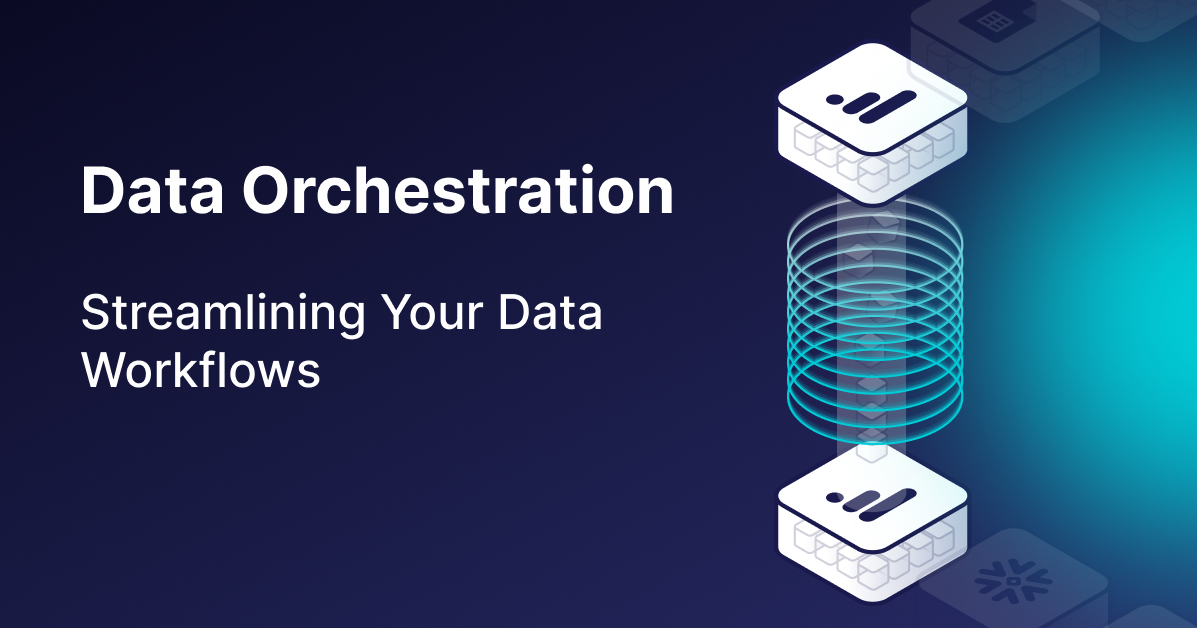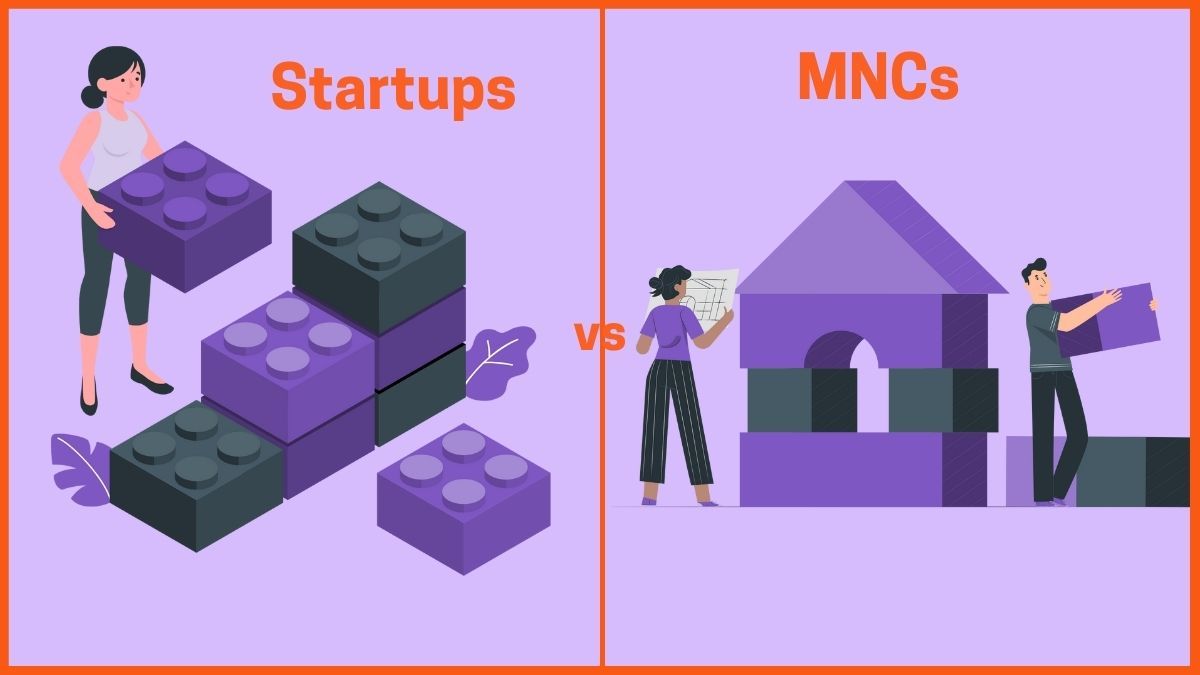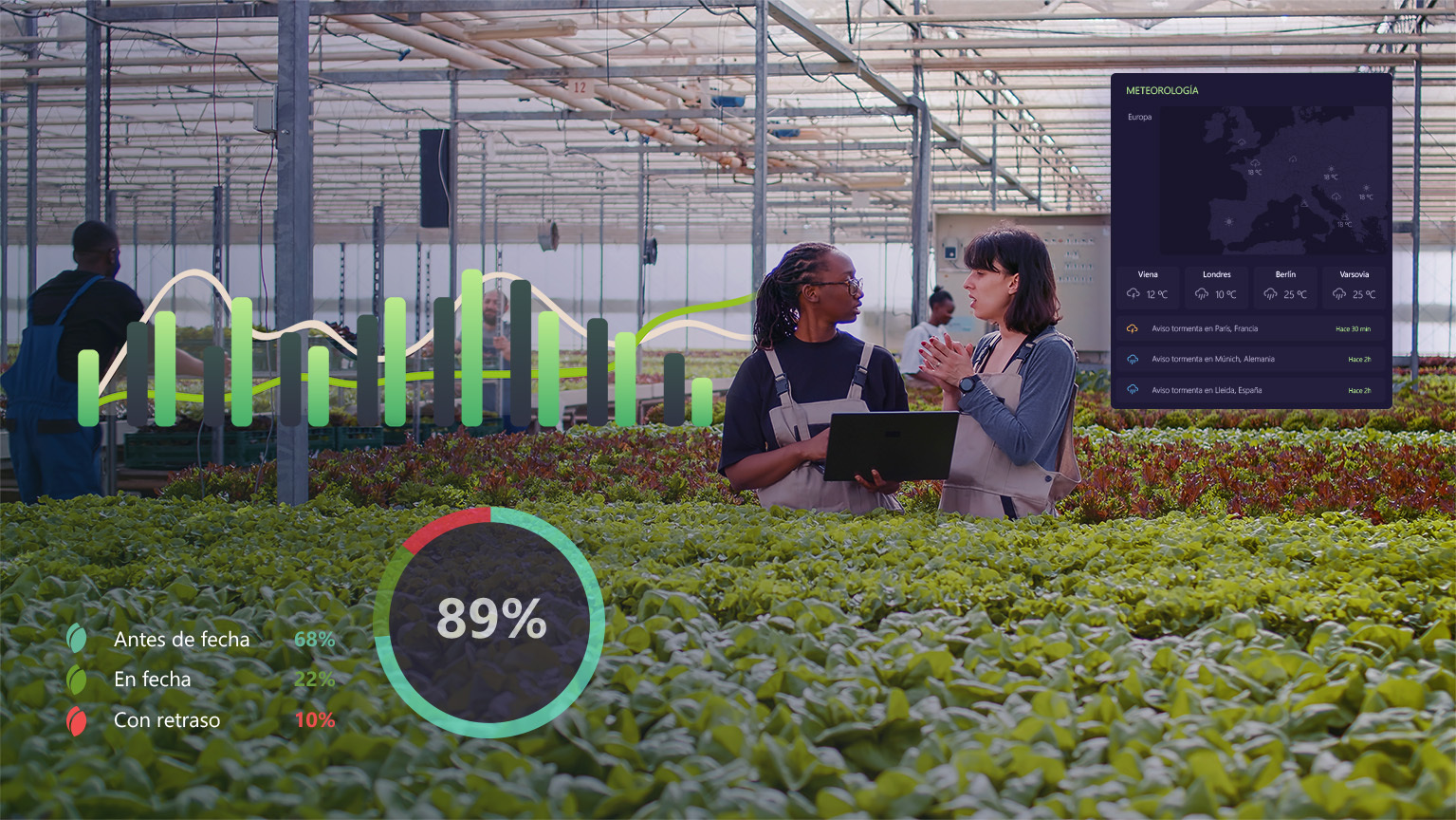Choosing the best free vector database
A vector database is a specialized database designed to store, index, and search high-dimensional vectors efficiently. A vector is simply an array of numbers representing more complex objects like words, images, audio and video. Unlike traditional databases that store structured data in rows and columns, vector databases are optimized for handling numerical representations of unstructured data like text, images, audio, and video.
Vector databases are very useful for making AI powered apps. An AI model can get more context about context from data stored in the vector database.
To make an AI powered app that is fast and accurate, selecting a right vector database becomes very crucial.
We are building an AI based legal recommendation platform. We are taking two considerations:
1. we will be using RAG as we need to keep the knowledge base updated on a regular basis and
2. we want to keep the cost under control.
We are going to check out three vector databases and choose which one is a better choice for the current use case.
pgvector:
PostgreSQL extension that adds vector search capabilities to existing PostgreSQL databases. It’s the simplest option for teams already using PostgreSQL who want to add semantic search without changing their infrastructure. Ideal for smaller applications that need basic vector operations alongside traditional relational data.
Milvus:
High-performance, purpose-built vector database designed specifically for AI applications requiring massive scale and speed. Built from the ground up for vector operations with cloud-native architecture, GPU acceleration, and advanced indexing algorithms. Best choice for production AI systems needing maximum performance.
Weaviate:
AI-native vector search engine with built-in machine learning model integrations and hybrid search capabilities. Combines vector similarity search with keyword search and offers GraphQL API for flexible querying. Perfect for applications needing sophisticated semantic understanding and multi-modal data support.
Performance Comparison
| Database | Speed | Accuracy | Scalability | Ease of Use |
| pgvector | Good for small datasets; slower on large | Basic semantic search accuracy | Limited by PostgreSQL scaling | Very easy for PostgreSQL users |
| Milvus | Very fast with GPU support | High accuracy with advanced indexing | Excellent for billions of vectors | Moderate; requires some setup |
| Weaviate | Fast but slower than Milvus | Strong semantic and hybrid search | Good, supports clustering | Easy with GraphQL API |
Speed Performance
| Database | Response Time | Throughput | Best For |
| pgvector | 10-500ms | 100-1,000 QPS | Small datasets |
| Milvus | 2-50ms | 10,000+ QPS | Fastest overall |
| Weaviate | 20-200ms | 1,000-5,000 QPS | Balanced performance |
Winner: Milvus – Superior speed with GPU acceleration and optimized indexing.
Accuracy
| Database | Semantic Understanding | Search Quality | Recall Rate |
| pgvector | Basic | 85-90% | Depends on PostgreSQL optimization |
| Milvus | Advanced | 95-99% | Highest with proper tuning |
| Weaviate | Excellent | 91-96% | Strong hybrid search capabilities |
Winner: Milvus – Best recall rates with multiple advanced indexing algorithms.
Scalability
| Database | Max Vectors | Horizontal Scaling | Architecture |
| pgvector | ~1M efficiently | ❌ Limited | PostgreSQL constraints |
| Milvus | Billions+ | ✅ Excellent | Cloud-native distributed |
| Weaviate | Billions | ✅ Good | Clustering support |
Winner: Milvus – Purpose-built for massive scale with auto-sharding.
Ease of Use
| Database | Learning Curve | Setup Complexity | API |
| pgvector | Easiest | Simple extension | Familiar SQL |
| Milvus | Moderate | Requires configuration | REST/gRPC |
| Weaviate | Easy | Docker/cloud setup | GraphQL |
Winner: pgvector – Zero learning curve for PostgreSQL users.
For my use case, where I am making an AI powered legal recommendation app, where the data is mostly in text form, a better choice will be Milvus.
As shown in the above comparisons, Milvus is faster than other alternatives and is more scalable. In terms of accuracy and ease of use, Weaviate is better than Milvus, but that gap can be closed with some optimizations.
The moderate setup complexity is justified by the significant performance advantages for a production level application where response time and accuracy are essential for providing reliable tax advice.













